
Membrane switches are essential components in various electronic devices and control panels, providing a convenient and durable interface for users. If you've ever wondered how these switches work and how to create and utilize them effectively, you've come to the right place. In this comprehensive guide, we'll delve into the world of instructables membrane switches, offering step-by-step insights and practical tips. Let's get started!
Membrane switches are a type of user interface that is widely used in various electronic devices and equipment. These switches are low-profile, durable, and reliable, often featuring a flexible, multi-layered construction. Membrane switches operate by applying pressure to a flexible membrane, which activates an electrical circuit to perform a particular function. Their popularity stems from their simple design, cost-effectiveness, and resistance to environmental factors such as moisture, dust, and chemicals.
These switches are used in a range of industries, including consumer electronics, automotive, medical devices, and industrial control systems. With the growing demand for efficient and reliable interfaces, membrane switches have become an essential component in modern electronics, offering both functional and aesthetic advantages.
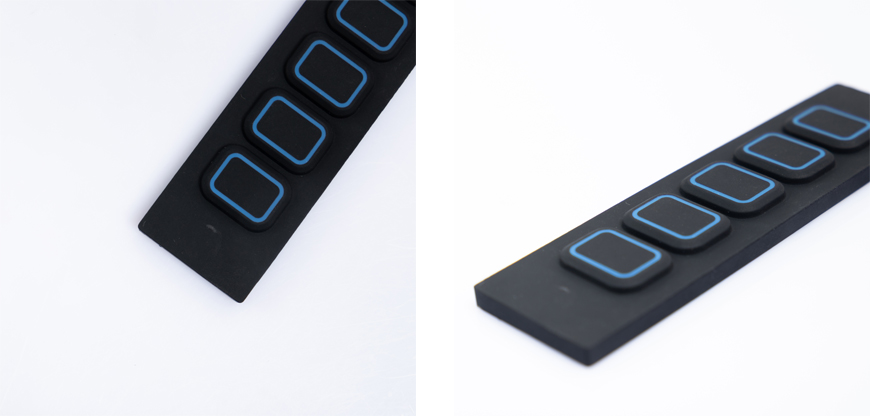
When designing and building a membrane switch, choosing the right materials is crucial for ensuring both performance and durability. The main materials used in the construction of custom membrane keypads include:
Graphic Overlay: This is the topmost layer of the switch, typically made from durable materials such as polyester or polycarbonate. The graphic overlay is often printed with symbols, icons, or labels to guide users in identifying each control.
Spacer Layer: The spacer layer is non-conductive and ensures the proper separation of the top and bottom layers of the switch. This layer allows for flexibility and prevents unintended contact between conductive traces when the switch is not activated.
Conductive Traces: These are printed or etched onto the top or bottom circuit layers and are responsible for completing the electrical circuit when the switch is pressed.
Adhesive Layer: Used to bond different layers together and secure the membrane switch in place within the device. The adhesive layer is typically a strong, pressure-sensitive adhesive that provides long-lasting durability.
Backing Layer: This is the bottom layer of the membrane switch, often made from polyester or polyimide, which provides the structural support needed for the switch.
To create a membrane switch, you'll need materials like a flexible circuit, graphic overlay, adhesive layers, and spacer materials. These components ensure the switch's functionality and durability.
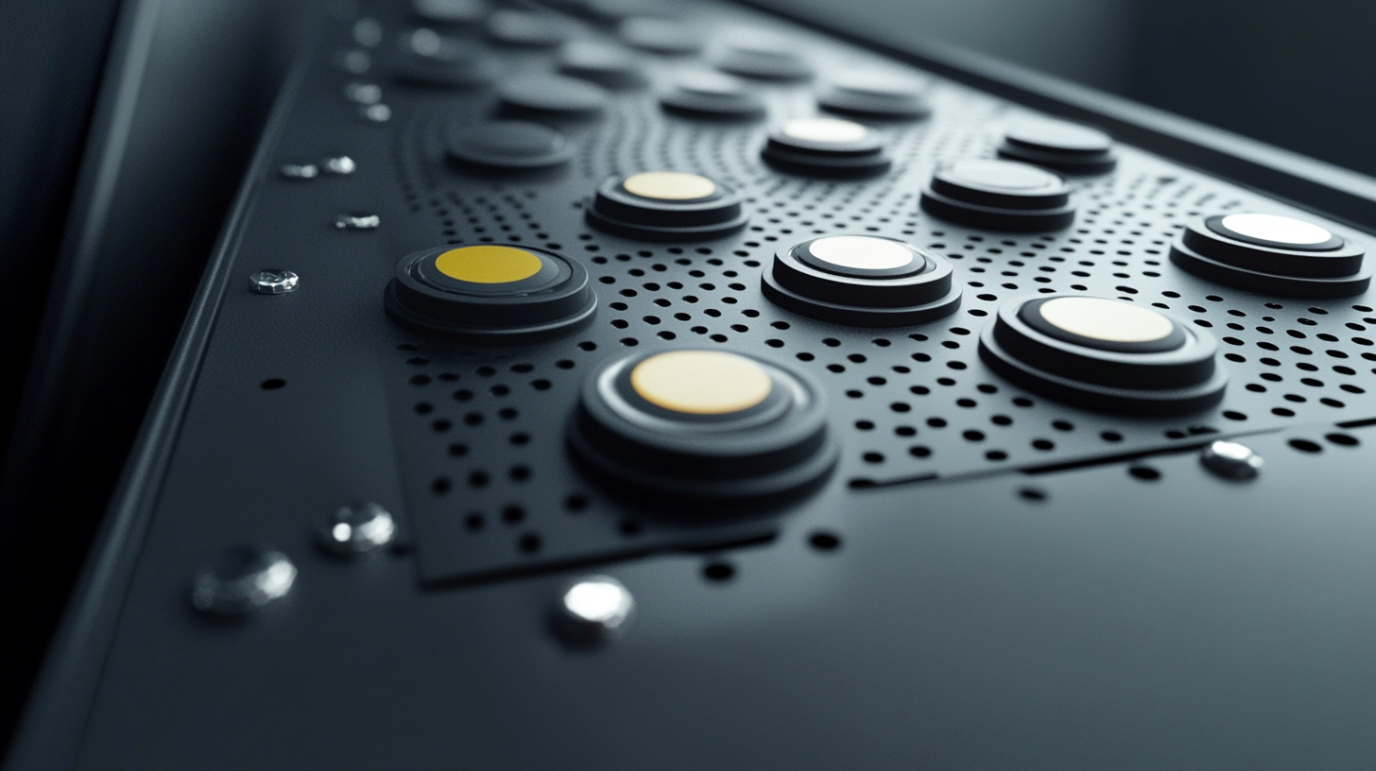
The following tools are typically required for the keypad membrane switches manufacturing and design:
Screen Printing Equipment: Used for printing conductive traces and graphic overlays onto the layers.
Cutting Tools: Laser cutters or die cutters are used to cut the membrane switch to the desired shape and size.
Heat Press Machine: Used to bond the different layers together, ensuring proper adhesion.
Soldering Equipment: Used to attach connectors to the membrane switch, ensuring electrical connections are properly made.
Multimeter: A tool for testing the electrical connections and ensuring that the membrane switch is functioning correctly.
.webp)
Identifying Functions: Determine the different functions that the switch will control and how many buttons or controls are needed. A simple switch may require only a few buttons, while a more complex system may require multiple rows of buttons or a large control panel.
Sizing: Based on the device's design and available space, decide the size and arrangement of the switch. Ensure that the dimensions allow for ease of use while still fitting within the device's overall design constraints.
User Considerations: The layout should take into account how users will interact with the switch. Buttons should be sized for comfort and functionality, and spacing should allow users to press buttons without confusion.
Contact Points: The conductive traces align correctly so that when pressure is applied to the membrane, the top and bottom layers make contact and complete the circuit.
Electrical Considerations: The traces must be designed to handle the expected voltage and current, ensuring the switch functions correctly over its expected lifespan.
Signal Integrity: Ensure that the circuit is designed to prevent short circuits or interference, and that it is compatible with the device's control system.
Labeling and Icons: The overlay should include clear, readable labels and icons that correspond to each function of the switch. High contrast between text/icons and the background can improve visibility.
Durability: The overlay should be made from durable materials that can withstand wear and tear, exposure to moisture, UV radiation, and other environmental factors.
Tactile Features: Some membrane switches incorporate tactile features into the overlay, such as raised or indented buttons, to enhance user experience.
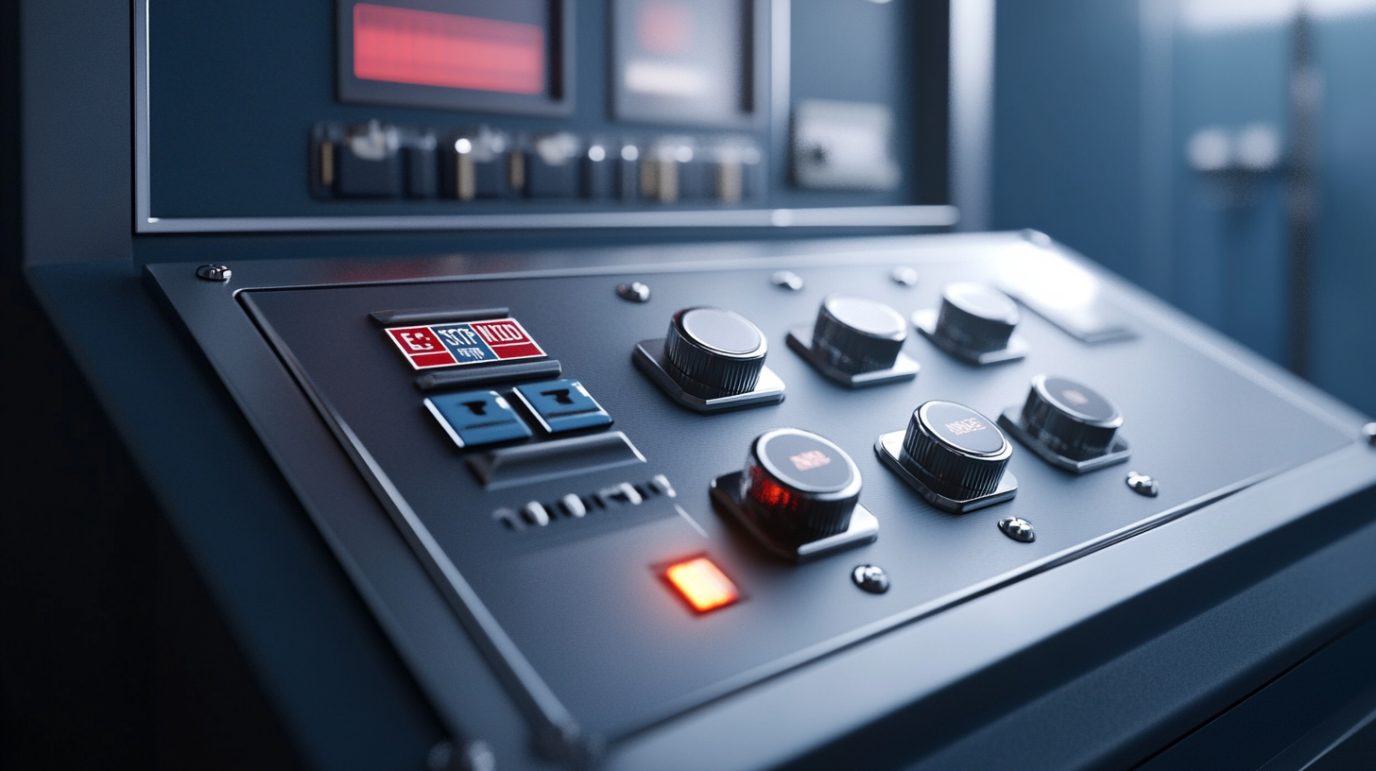
Cutting Layers: The graphic overlay, spacer layer, conductive layers, and adhesive layer need to be cut to the desired shape and size. Precision is crucial at this stage to ensure the layers align properly during assembly.
Printing the Circuit: The conductive traces are printed onto the appropriate layers using screen printing, etching, or other techniques. It is important that these traces are accurately aligned to ensure the correct functioning of the switch.
Incorporating Touch Elements: If the design includes tactile or haptic feedback, these elements (e.g., raised buttons) should be incorporated during this phase.
Layer Stacking: Start by aligning the bottom adhesive layer with the backing material, and then place the conductive layers on top. The spacer layer is then positioned to separate the top and bottom layers, ensuring that the conductive traces don't make contact when the switch is not activated.
Bonding Layers: The layers are then pressed together using a heat press or laminating machine. This ensures that the layers stick together and remain in place during operation.
Attaching Connectors: Connectors are attached to the circuit layer to link the switch to the control system of the device. This may involve soldering the connectors to the appropriate contact points.
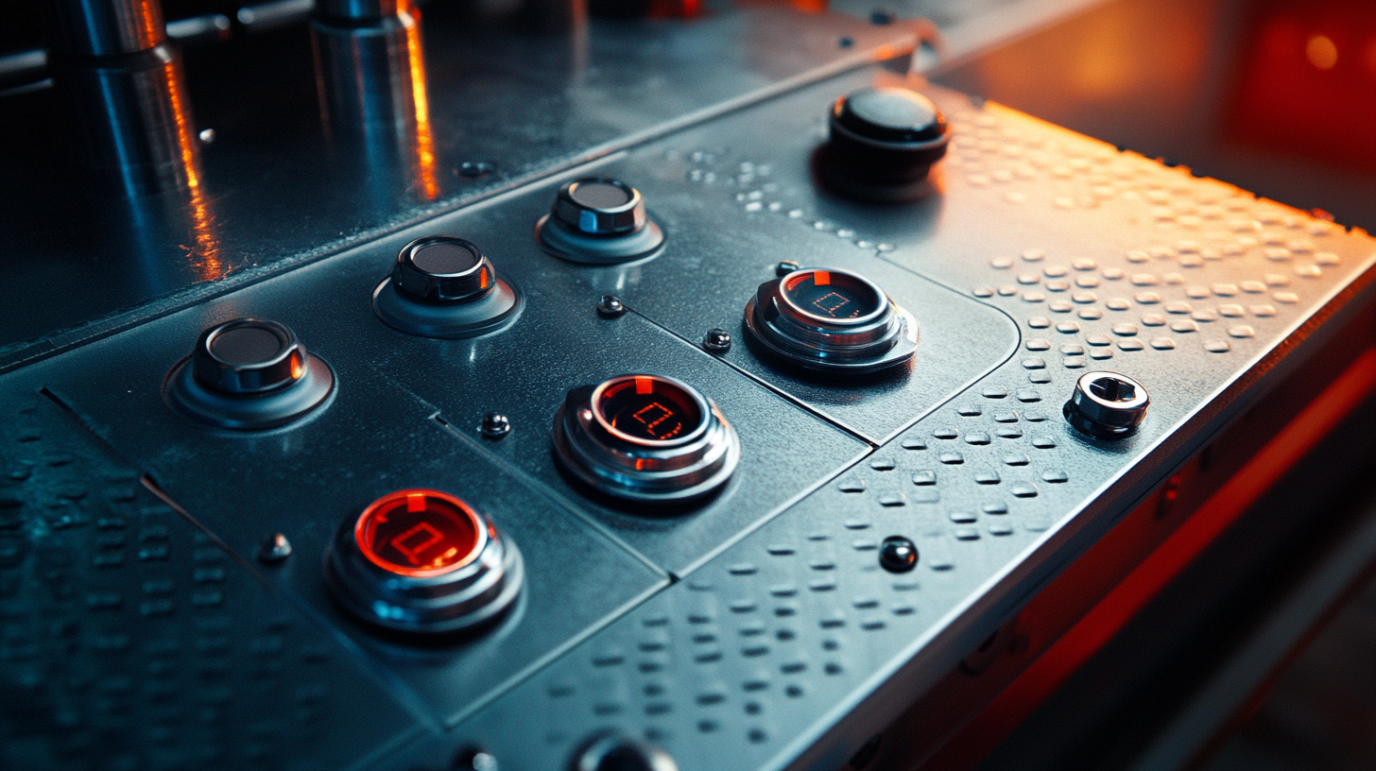
Before the membrane switch is used in a final product, it must undergo thorough testing to ensure it functions as intended. Testing includes:
Functional Testing: Check that each button or control performs its intended function when pressed, and that the switch registers inputs correctly.
Electrical Testing: Use a multimeter to test for continuity and ensure that the conductive traces complete the circuit properly when the switch is pressed.
Environmental Testing: If applicable, test the switch under different conditions, such as exposure to moisture, heat, or UV light, to ensure durability.
If issues arise during testing, troubleshooting may be necessary. Common problems include:
No Response from the Switch: This can be caused by misaligned conductive traces, improper bonding of the layers, or issues with the electrical connectors. Recheck the circuit design and test connections.
Poor Tactile Feedback: If the switch doesn’t provide the expected tactile feedback, ensure that the spacer layer is correctly designed and that the overlay is properly structured for the tactile features.
Inconsistent Button Activation: If some buttons are not consistently registering, this may indicate issues with the pressure-sensitive design, or it could be due to contamination or damage to the layers. Clean the switch thoroughly and recheck alignment.
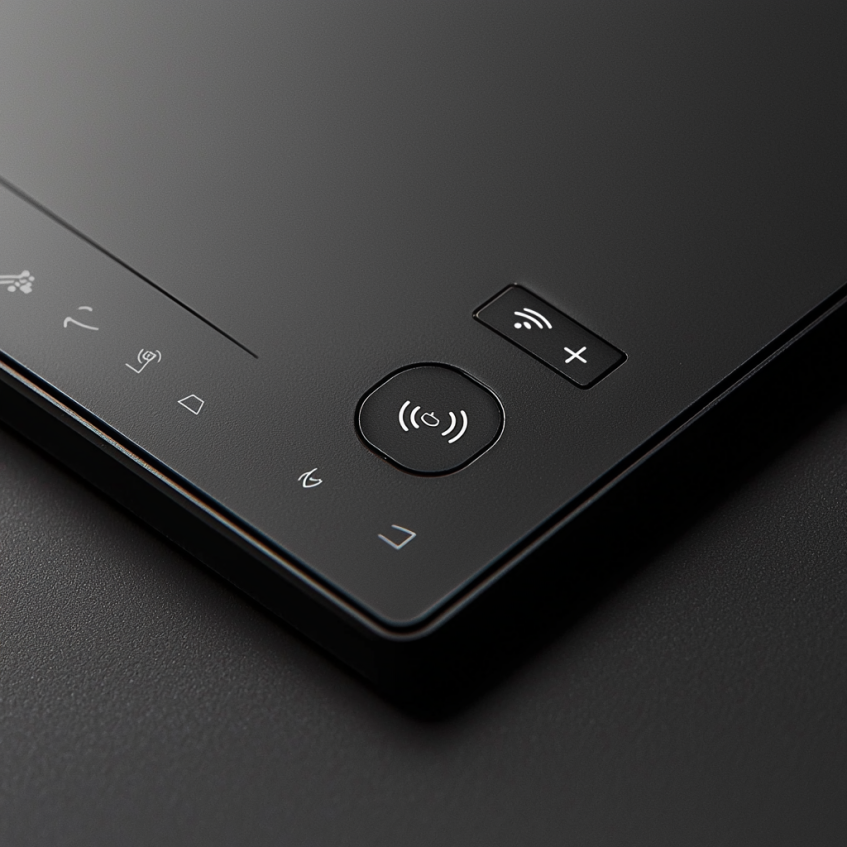
Q: Are membrane switches suitable for outdoor applications?
A: Membrane switches can be designed with protective features for outdoor use, but it's essential to consider environmental factors.
Q: Can I create a custom design for my membrane switch overlay?
A: Yes, you can customize the overlay with your preferred graphics and labels to suit your application's needs.
Q: What is the typical lifespan of a membrane switch?
A: Membrane switches are known for their durability and can last for many years with proper maintenance.
Q: Are there any limitations to the number of buttons on a membrane switch?
A: The number of buttons on a membrane switch can vary based on design and size, but there are practical limits to consider.
Q: How do I clean and maintain a membrane switch?
A: Cleaning a membrane switch is relatively simple; you can use a damp cloth or mild cleaning solution. Avoid abrasive materials that may damage the overlay.